By 2030, the UK Government wants to yield 16GW capacity from Nuclear Power – double what we have now to provide 40% of required output.
To achieve this goal, the Government has listed eight sites as ‘suitable’ for the construction of new Nuclear reactors.
One of those sites is Bradwell, Essex.
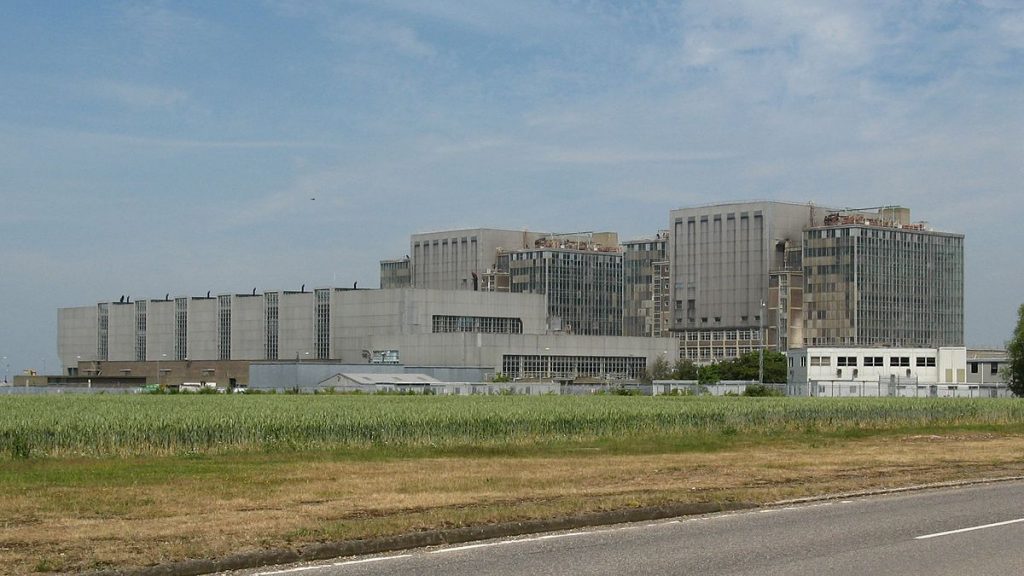
Of the new sites identified as ‘suitable’, the first is Hinckley Point C, which it was estimated could cost £25B – with some reports putting this figure closer to £37B.
Some of the sites identified as suitable (Moorside) are only 5-6 miles from active fracking sites – posing a threat from fracking-induced earthquakes that could cause a serious accident at any Nuclear plant.
Furthermore, there is documented plans to bury nuclear waste in used fracking wells.
Although Hinckley has been given approval, the biggest hurdle is finance. 30% is expected to come from partner company equity and 70% from debt financing. However, the banks will not lend money for such schemes without sovereign loan guarantees, meaning if it all goes wrong it is the taxpayer that foots the bill.
The government has already signed the taxpayer up to £17B; however, if and when Hinckley C goes ahead, EDF may not have the resources to fund others.
EDF is currently selling assets to raise finances as all of the 58 French-based reactors are reaching the end of their expected shelf-life and EDF are facing a £100B bill to extend the operation of those facilities.
The technology is supplied by AREVA, a company in so much financial trouble it had to be rescued by the French government.
Areva has a poor safety record, and out of the four reactors currently under construction, three are faulty and may have to be abandoned.
Areva has also been found to falsifying quality control records for up to 50 years at three separate factories.
The Chinese involvement with British energy infrastructure also raises concerns as to-date, China has only exported small-scale projects in countries such as Pakistan.
The state-owned Chinese companies have safety and quality standards well short of the UK and far below EU standards, potentially threatening the quality of any facilities.
The UK carries out long-period safety studies on proposed developments which usually take 5-10 years.
There is not the opportunity to conduct such a review on the proposed Chinese reactors at present, as it has not been yet decided which experimental reactor they will supply us with.
A new Nuclear power station would not provide long-term employment as advertised, but instead only short-term jobs.
Permanent jobs operating at the site are likely to involve bussing in specialist workers from outside the area.
IS BRADWELL A THREAT TO SOUTHEND?
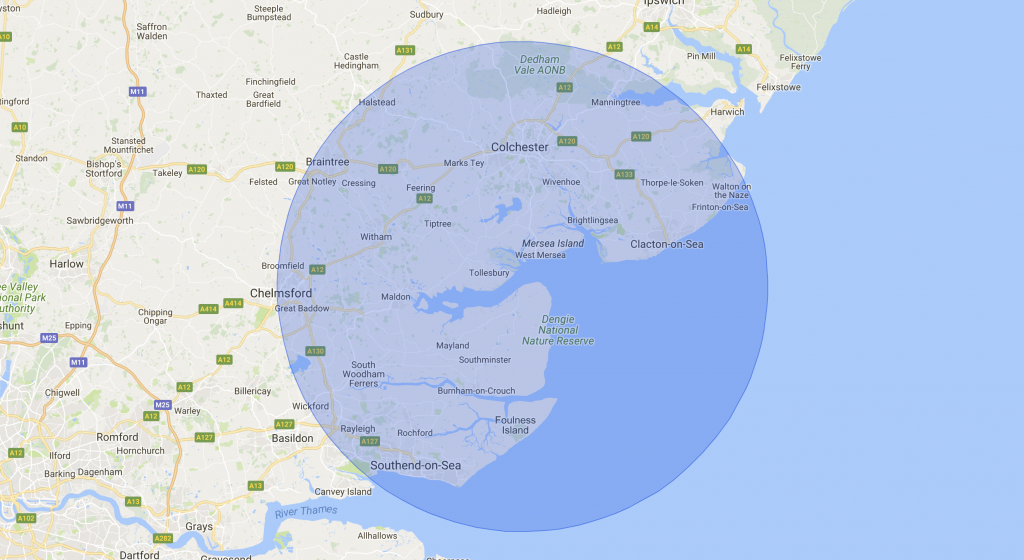
On 21 October 2015, it was reported that Britain and China have reached Strategic Investment Agreements for three nuclear power plants, including one at Bradwell.
Bradwell has been chosen as it is an existing site under nuclear friendly ownership (EDF) and has alleged public support to build a new experimental Chinese-designed Hualong One reactor.
If the new power station is built, all spent fuel would also be stored on-site.
While many in Southend might not be concerned about Bradwell and it’s potential implications, in reality, it is just 15 miles from Southend.
While that might sound adequate not to fret, in perspective, the exclusion zone around Chernobyl was 18 miles.
That puts lots of people in Southend and East Essex in immediate danger should an accident occur.
The Bradwell site is unsuitable for the construction of a new Nuclear Reactor.
The location on the Estuary of the Blackwater, which is a low lying shallow estuary with a slow refresh rate (10 days), means it is vulnerable to storm surges, coastal processes, sea level changes, and climate change implications.
For a new larger power station, large volumes of water would be required for the cooling process and the Blackwater would not be able to meet this supply.
It also has been ignored that the Blackwater is a Marine Protection Zone. and the government has said that ‘it is not possible to rule out the adverse impact on the environment’ justifying this by saying it is acceptable if in the public interest to harm the environment.
There are many myths attached to the nuclear power industry, one of the biggest beings that Nuclear is clean energy.
Nuclear Power is not carbon emission free.
The whole ‘nuclear cycle’, from uranium mining onwards, produces more greenhouse gases than most renewable energy sources with up to 50% more atmospheric emissions than wind power.
Another myth is sustainability.
Nuclear Power is not sustainable.
The reserves of uranium ores used to generate nuclear power are going to run out.
There is only at-best, fifty years worth of high-concentrate uranium ore left in the world. There may be only 200 years left of all uranium ore available. This mainly low-grade uranium ore takes more energy to mine and process – thus releasing more carbon emissions.
Truths? there are plenty:
Nuclear power threatens the environment and people’s health. It produces enormous amounts of carcinogenic toxic radioactive waste, some of which is dangerous for thousands of years.
No safe practical solution has yet been devised to store nuclear waste.
In particular, there is evidence of cancer clusters linked to nuclear power production. Building new nuclear power stations would increase the most toxic high-level waste five-fold.
Read CND’s summary of the German government-commissioned research that shows increases in Cancer in children under five living near nuclear power stations.
- Uranium Mining Kills.
Uranium mining is the first step in the nuclear power cycle; it has taken the lives of many miners all over the world causing environmental contamination, cancers and producing nuclear waste. - Nuclear Accidents.
The risk of terrible nuclear accidents like Chernobyl, Three Mile Island, Windscale (Sellafield), Fukushima, and now Hanford will have lasting effects on the surrounding environment and its inhabitants. - A Terrorist Target.
Nuclear power carries with it the great risk of nuclear terrorism.
In this age of uncertainty; “Dirty Bombs” and attacks on power stations are a viable and very real threat. - The proliferation of Nuclear Weapons is inextricably linked to nuclear power by a shared need for enriched uranium, and through the generation of plutonium as a by-product of spent nuclear fuel.
The two industries have been linked since the very beginning and a nuclear weapons-free world requires a non-nuclear energy policy.
Nuclear power comes with the added problem of disposing of Nuclear Waste. Nobody knows the true costs of waste management such to the extent where costs are so high that nuclear power can never be economically viable. Plutonium is the most dangerous material in the world.
The nuclear industry still has no solution to the problem of Nuclear Waste.
The transportation of this waste poses an unacceptable risk to people and the environment.
The waste –spent fuel– is dangerously radioactive, and remains so for thousands of years. When it first comes out of the reactor, it is so toxic that if you stood within a few meters of it while it was unshielded, you would receive a lethal radioactive dose within a few seconds and would die of acute radiation sickness within a few days.
Sellafield is home to 80% of the UK’s nuclear waste and some of the world’s most hazardous buildings.
This was where, in the early 1950s, the Windscale facility produced the Plutonium-239 that would be used in the UK’s first nuclear weapon.
As the radioactive material is difficult to dispose of, it is common practice to bury it under the ground.
However, there are serious implications of this act of burial. All radioactive material can cause harm as it decays. Storage of nuclear waste conveys a range of serious risks that are often swept under the carpet such as a potential terrorist threat to the large volumes of radioactive wastes currently being stored and the risk that this waste could leak or be dispersed as a result of terrorist action.
There are safer, more cost-effective energy solutions; currently, we are capable of producing in excess of what Hinckley C would produce from renewables.
The costs of nuclear power are known to be rising while the costs of renewables are falling; it was asked why they are the government still pushing ahead with the schemes? The consensus is that no one wants to lose face and back down as this would cause embarrassment for the government and or the partner companies. There is also the by-product of the Nuclear Power industry – Nuclear warheads – burnt-up Uranium produces Plutonium – the Plutonium from Bradwell when it was operational was used in Nuclear Warheads. While we have Trident, money will be put into Nuclear Power even if it is not the safest and most economical source.
Nuclear wastes are hazardous for tens of thousands of years. It is clearly is unprecedented to leave behind this legacy as a threat to future generations.
The South East Essex Green Party recently attended the Remember Fukushima March on Parliament & Rally commemorating the 7-year anniversary of the Fukushima Daiichi Nuclear Disaster.
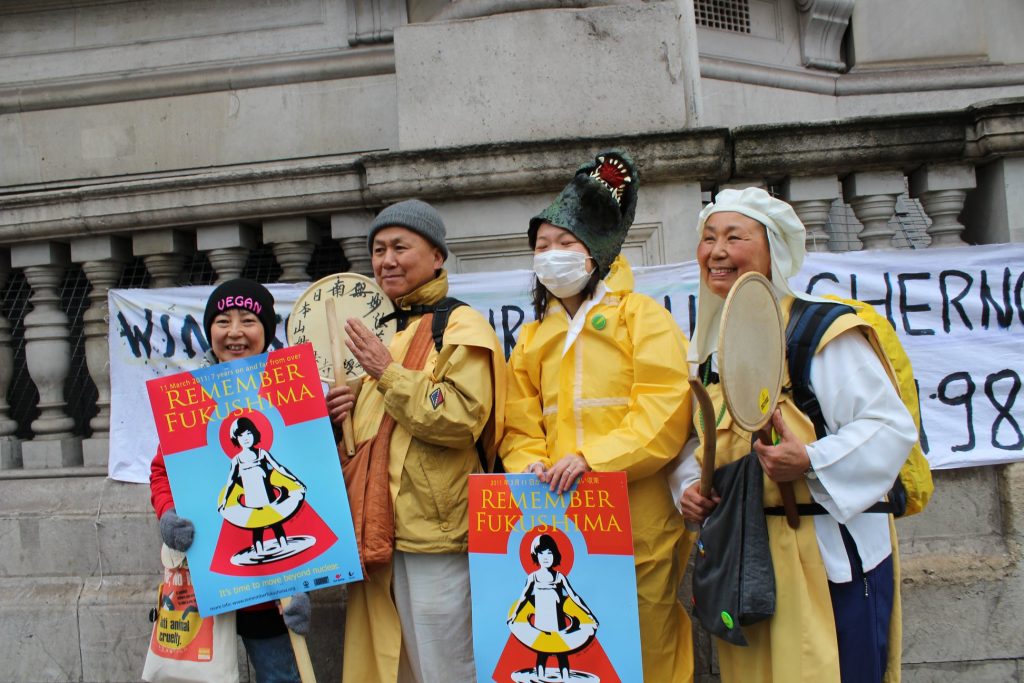
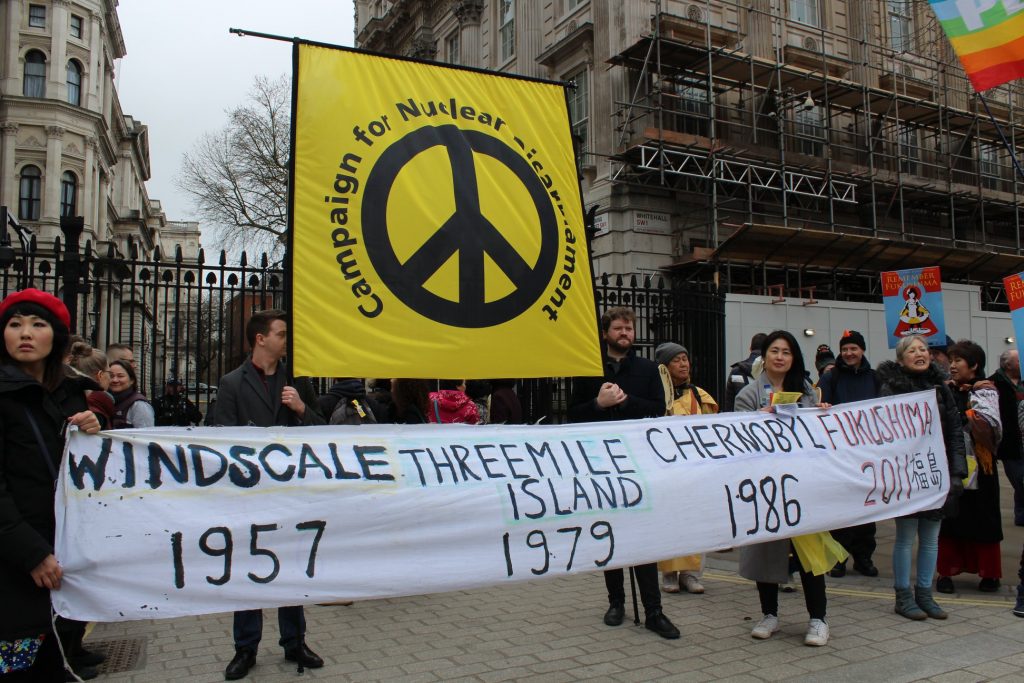
Fukushima, a ‘Level 7′ event on the International Nuclear Event Scale, was the most significant Nuclear incident since Chernobyl. The six American-built (GE) reactors were maintained by the Tokyo Electric Power Company (TEPCO), and following the Tōhoku earthquake, resulted in a devastating meltdown that the Japanese are still dealing with.
The disaster displaced 50,000 households in a 20km exclusion zone, and a subsequent 2013 WHO report predicts that for populations living in the most affected areas there is a 70% higher risk of developing thyroid cancer for girls exposed as infants, a 7% higher risk of leukemia in males exposed as infants, a 6% higher risk of breast cancer in females exposed as infants and a 4% higher risk, overall, of developing solid cancers for females.
On 24 May 2012, more than a year after the disaster, TEPCO released their estimate of radioactivity releases due to the Disaster:
- An estimated 538,100 terabecquerels (TBq) of iodine-131, caesium-134 and caesium-137 were released.
- 520,000 TBq was released into the atmosphere between 12 and 31 March 2011.
- 18,100 TBq into the ocean from 26 March to 30 September 2011.
- A total of 511,000 TBq of iodine-131 was released into both the atmosphere and the ocean.
This disaster, at an American-Built facility, proves that Nuclear Power still cannot be considered safe.
At the March, the security of the UK’s proposed coast-based facilities was called into question.
Does it make any sense to have 40% of all UK power generation at only eight sites?
Would this not result in these sites becoming even more of a potential terrorist threat?
Compare this to alternative renewable energy sources such as Wind and Solar generation, which is dispersed and decentralised across the country, and is less susceptible to a terrorist attack or natural disaster.
Holding Southend Council to Account:
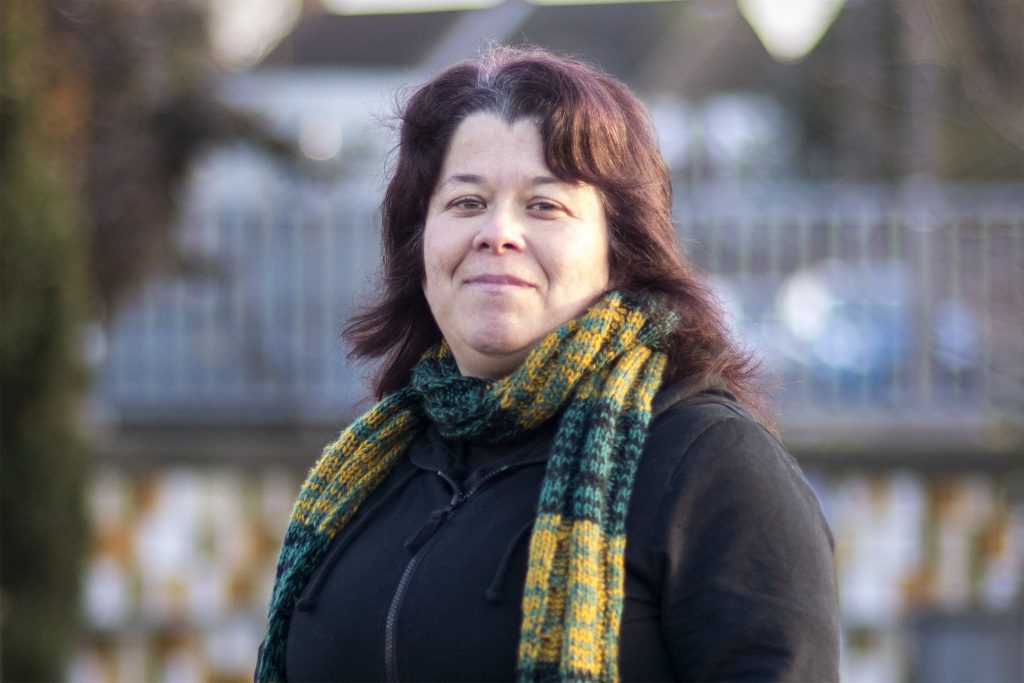
The dangers that South Essex residents would be subjected to in the event of a Nuclear incident at Bradwell would be catastrophic.
Recently our Treasurer, Clare Fletcher, took the opportunity to ask public questions at the Southend Borough Council Full Council Meeting 22/01/2018 regarding the prospect of a new nuclear power station at Bradwell.
The questions asked and the answers provided were:
- As a consequence of the recent planning application to carry out preliminary ground investigations and associated works approved by Maldon District Council, the prospect of a new nuclear power station at Bradwell is becoming more of reality; what involvement has Southend Borough Council had in the discussions regarding this Development?
Answer: None. - Given that the exclusion zone extended 18 miles away from Chernobyl and that the centre of Southend is approximately 15 miles from Bradwell, what provisions does Southend Council plan to put in place to evacuate residents in the case of a nuclear disaster at the site?
Answer:
After the decommissioning of the previous reactor at the site, Southend Borough Council does not currently consider Bradwell Power Station to be a current threat.
They also added that the implementation of safer reactors in the new site would mean that Bradwell would be less of a threat to the Borough than previously.
While these answers are not a surprise to the South East Essex Green Party, it is disheartening that the local council are not looking at issues from the wider area that have the potential of having serious impacts on future generations in the borough.
The local party would like the councillors to be less short-sighted, more forward thinking and looking at developments beyond their current term of office.
With thanks to Prof. Stephen Thomas, Professor of Energy Policy, PSIRU Associate of the University of Greenwich for providing the key information contained in this document.
Further Reading:
BBC: Nuclear power: Eight sites identified for future plants.